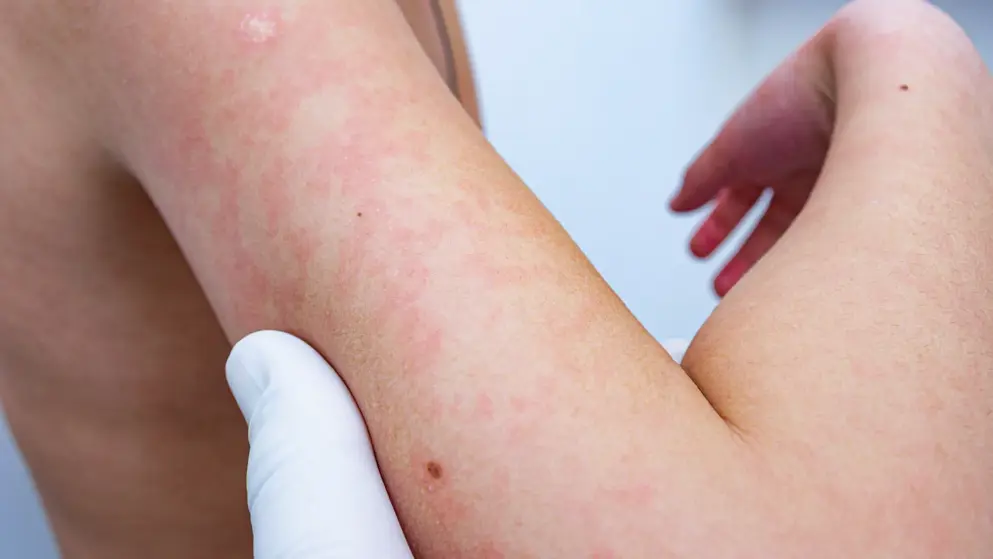
FDA Drug information
Triamcinolone Acetonide
Disclaimer
The drug Prescribing Information (PI), including indications, contra-indications, interactions, etc, has been developed using the U.S. Food & Drug Administration (FDA) as a source (www.fda.gov).
Medthority offers the whole library of PI documents from the FDA. Medthority will not be held liable for explicit or implicit errors, or missing data.
Drugs appearing in this section are approved by the FDA. For regions outside of the United States, this content is for informational purposes only and may not be aligned with local regulatory approvals or guidance.

